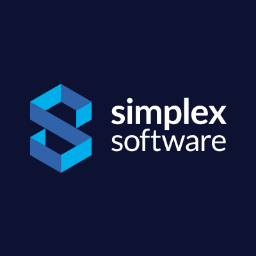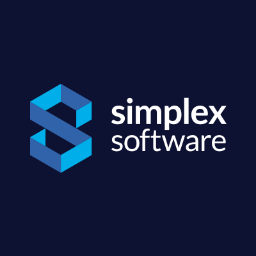SAM (Serverless Application Model) is an alleviate version of CloudFormation and is one of the preferred methods to describe AWS infrastructures in a IaC (Infrastructure as Code) manner.
Deploying Java Serverless Functions as AWS Lambda

En poursuivant votre navigation sur ce site, vous acceptez l'utilisation de cookies. Ces derniers assurent le bon fonctionnement de nos services. En savoir plus.

SAM (Serverless Application Model) is an alleviate version of CloudFormation and is one of the preferred methods to describe AWS infrastructures in a IaC (Infrastructure as Code) manner.

This article demonstrates how to alleviate the Jakarta EE run-times, servers, and applications, by deploying them on AWS Serverless infrastructures.

In order to deploy highly available and scalable applications and services, an organization needs to be able to manage container runtimes across multiple servers. This is the role of a container orchestration engine like Kubernetes. But building and scaling Kubernetes clusters such that to run containerized services might be hard, hence the so-called container platforms like OpenShift.
Originally proposed by Red Hat in 2010 as a hybrid cloud application platform, OpenShift is currently operated by IBM Cloud, further to the purchase of Red Hat by IBM, in early 2018. Built on RHEL (Red Hat Enterprise Linux) operating system and Kubernetes container orchestration engine, OpenShift supports a very large selection of programming languages and frameworks, such as Java, JavaScript, Python, Ruby, PHP, and many others.
Jakarta EE, as the most adopted Javea enterprise-grade framework, is of course supported by OpenShift in the form of WildFly, EAP (Enterprise Application Platform, formerly JBoss), OpenLiberty, or Quarkus-based pre-built platforms. Despite the potential wealth of all of these supported programming languages and frameworks, not all of the Jakarta EE vendor solutions are included in the out-of-the-box OpenShift services catalog. This is the case with Payara as well.
While the Java enterprise developer is able to deploy in a couple of clicks on OpenShift Jakarta EE applications through integrations like Wildfly, EAP, OpenLiberty, and Quarkus, it isn't the case for Payara Platform applications, which deployment requires a bit more extra trouble. This article demonstrates how.